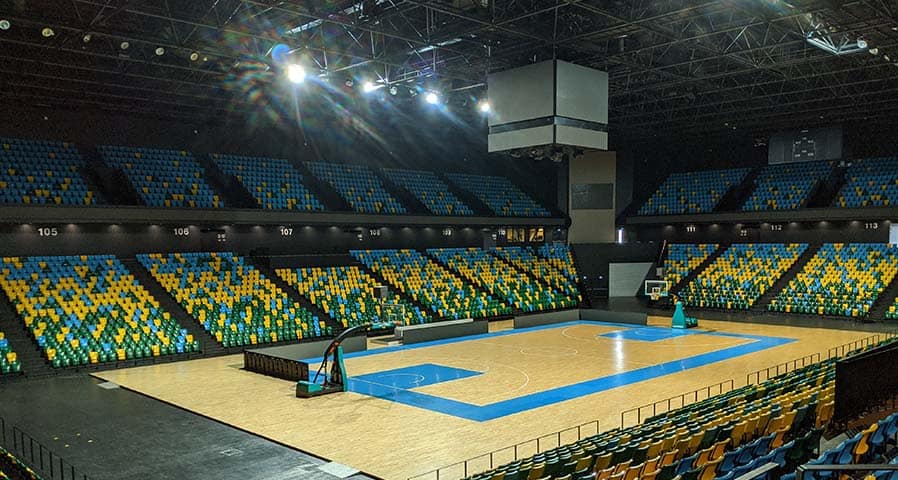Daylighting Controls & Daylight Savings: Optimizing Natural Light Through the Changing Seasons
Studies have shown that natural lighting has proven to improve workplaces by helping employees be more comfortable and efficient. As…

Quality and performance are crucial aspects of indoor basketball court lighting. It helps create a safe and comfortable environment for players and fans. Upgrading basketball arena lighting has unique challenges. You want to provide adequate illumination without interfering with players or the fans’ enjoyment of the sport.
To help you plan an effective basketball lighting strategy, here are a few tips to help ensure you get the best results.
Visibility is a key component in the success of a basketball arena. Adequate basketball court lights allow players to make stunning plays and ensure fans can see the action. Using lower-wattage bulbs eliminates annoying glare that can ruin a play. Consider installing the lights at horizontal levels at around 80 footcandles.
The glossy finish on an indoor basketball court naturally produces a glare from the installed lighting. Glare from interior lighting can interfere with players’ abilities, making it difficult for them to reach their full potential on the court. While some glare is normal, you want to take steps to reduce it as much as possible.
Installing light fixtures with glare-reducing shields is an effective solution. The type of lighting fixture can also make a difference. Some options to consider include floodlights and spotlights. LED high bays are another option. LEDs produce less glare across glossy finishes since the lumens are spread evenly instead of concentrated in a single area.
Installing basketball lighting outside of the field of play helps ensure players can see the court without glare or dark areas. The outer scope of the installed lights produces enough illumination to properly light up most of the playing area while ensuring fans and teams have adequate visibility.
Cooler color tones work best for indoor basketball court lighting. Bluish and white tones create a brighter look and can serve as a visual focal point. Switching from metal halide fixtures with poor color rendering properties to LED high bay lighting improves both energy efficiency and color rendering capabilities.
A well-lit indoor basketball court uses a lot of electricity to generate adequate lighting. The average basketball game is around two hours, but it does not factor in before and after game times. LEDs have an energy efficiency rating of around 140 lumens. It’s close to double that of metal halides. Energy-efficient Led lights can help basketball arenas save an estimated 50% on utility costs while ensuring the court maintains the same level of brightness.
LUX levels refer to the light’s intensity. These levels can vary depending on if the game is televised. The type of light fixture, wattage level, and placement all determine LUX levels.
For non-televised basketball games, the standard level is 200 LUX. It produces adequate light for a 4,700-square-foot basketball court. When the game is televised, the standard LUX level jumps to 2,000 LUX. It ensures the action is visible to fans at home and at the game.
Flickering lights can be disruptive to players and fans. It can also adversely affect televised games. To support today’s high-speed cameras, it’s recommended you use lights with at least a 6,000 FPS. It has a flicker rate of less than 0.3% and provides broadcast-ready lighting.
To learn more about basketball arena lighting or if you are ready for an LED retrofit, contact Action Services Group to see how we can help with your project. Calling 610-558-9773, email [email protected], or